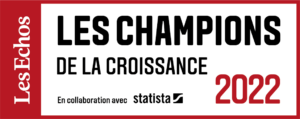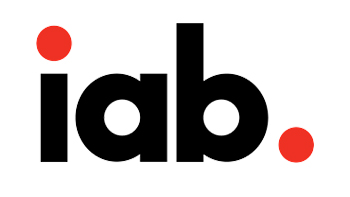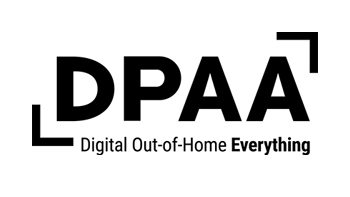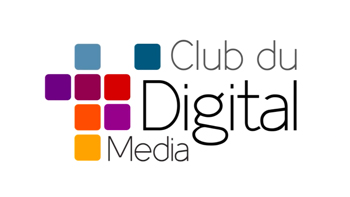In this interview, Hayssam Soueidan talks to us about the tens of thousands of calculations carried out a day, computational biology and lots of other incredible, fascinating topics.
Hayssam, what’s motivating for you in this job?
I’ve always really loved multidisciplinary approaches for solving problems in an efficient, logical way. Even in my student days, I was already fascinated by the idea of tackling each project using a scientific approach. In fact, I did a Master’s degree in Complex Systems Engineering at the University of Bordeaux 1. I learnt how to write specifications in mathematical language to talk to a system. That lets us ensure the critical components behave as envisaged, thus avoiding bugs!
What did you opt for next?
Fate led me back to school, but on the other side this time, as a teacher. I taught at the University of Bordeaux 1 and the ENSEIRB-MATMECA in Bordeaux for 5 years as a specialist in biomathematics, bioinformatics and computational biology in particular. At the same time, I prepared and presented a bioinformatics thesis on “Discrete event modelling and analysis for systems biology models”. In summary, the use of computer resources in the modelling and analysis of biological processes such as wine-making.
Amsterdam, a particularly memorable experience?
Absolutely! I worked on it for 4 years. I joined the Molecular Carcinogenesis Division. My work consisted of collecting data to characterise processes involved in the development of auto-immune diseases. We were attached to a clinic that used our results to get a more detailed understanding of what was wrong with its patients.
Then back to Bordeaux.
Exact! For 2 years, I worked as a Data Scientist at Jobijoba, an employment search engine. I developed job vacancy and CV analysis tools for matching the two together. It involved Artificial Intelligence that would scan the CV to extract key information and thus find corresponding job vacancies. I then spent a year working as a Big Data Project Manager and Consultant at Scalian (a Project Support Services company that specialises in consulting and engineering). I developed other innovative Artificial Intelligence-based solutions for the major accounts.
DISPLAYCE, new challenge ?
Since October 2017, yes! In short, my role consists of automating intelligence in the programmatic platform. I set up algorithms to characterise the digital screens in the DISPLAYCE inventory as best as possible and understand both the context in which they are located and also what the people do who pass by these screens. The DISPLAYCE inventory includes 35,000 digital screens, i.e. over 85% of France’s complete digital inventory. That’s quite a playing field! I also run R&D projects to assess and quantify the quality of these screens. And then I model all that so the agencies and advertisers who use the platform can make the best decisions when planning a campaign.
What does that mean in practical terms?
For example, we worked for a property developer who wanted to promote their new schemes. We ran a two-stage campaign with investors in the AB+ socio-economic group and then a promotional campaign near to the property schemes themselves. The campaign was shown on all screens in locations on the target groups’ commuter routes (home and workplace), with an extra boost in areas where there is a high AB+ representation. And in terms of results, total distribution was between 2.9 and 3.5 million, with 7 million impressions amongst the campaign’s core target. The advertiser’s budget was optimised, and targeting was refined thanks to optimisation criteria that allowed intelligent selection decisions to be made in regard to the campaign.
What drives you on at DISPLAYCE?
I love working with all the teams to really understand their needs, their line of business and their objectives. In my view, that’s the only way to really get to grips with all the functional, business and technical challenges of the projects we are developing together. We include data at each stage of the value proposition. The platform is teeming with innovations and we work every day on new features and functions to make it increasingly precise and effective. We enable trading desks, advertisers and agencies to facilitate distribution of their campaigns on digital screens, while optimising their budgets, ensuring distribution is very precisely targeted, with campaigns activated in under 24 hours. Speed and relevance are two things I really like!
Can you tell us about the main projects on which you are working?
One of the main challenges we’re tackling at the moment is how to characterise indoor screens in detail. That would let us know to a high degree of accuracy all about the environment in which a digital screen is located, to know which chains and brands are nearby, and the volume of passers-by per day, per hour etc. The idea is to create hierarchical links between the different points of interest and POS to compare all this data and increasingly refine campaign targeting. One of the other key focuses we’re working on continually is real time. We carry out calculations tens of thousands of times every day to enable us to achieve a response time of less than 50 milliseconds. That’s absolutely fascinating!




